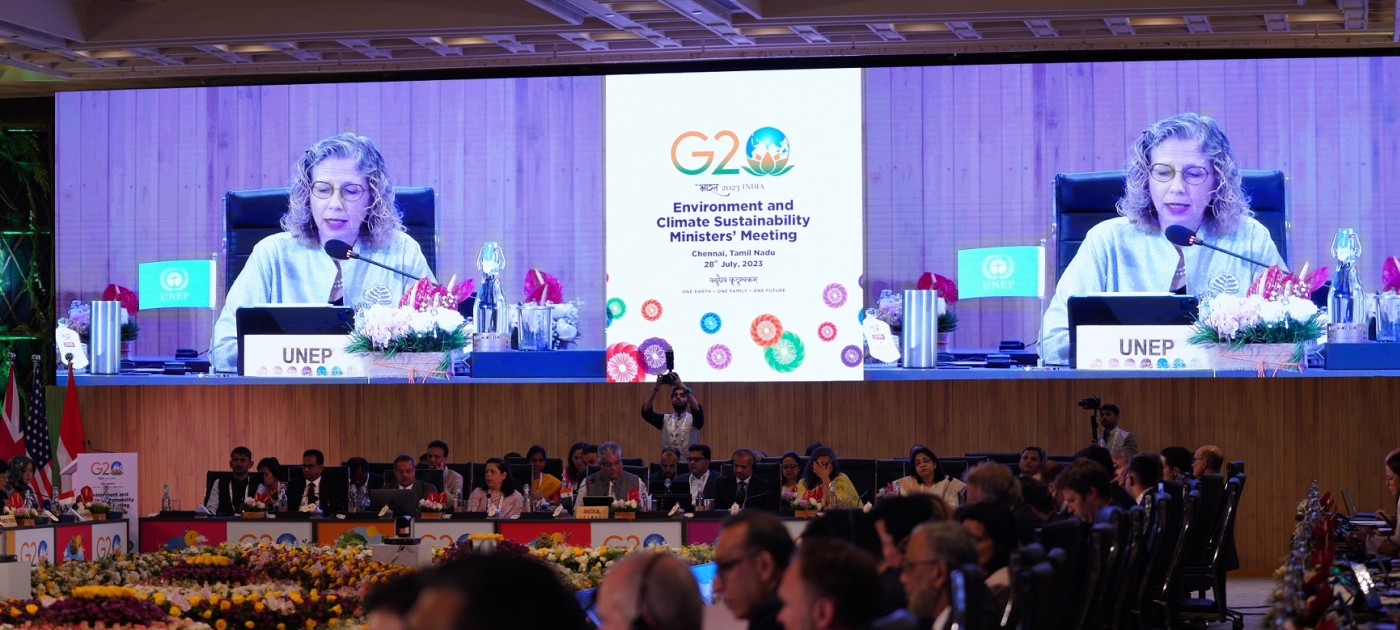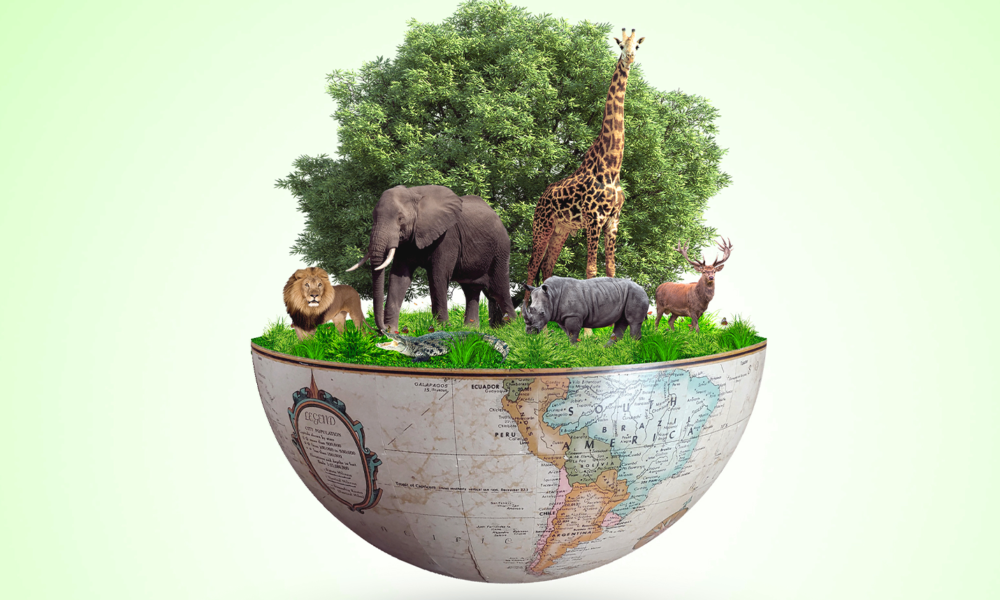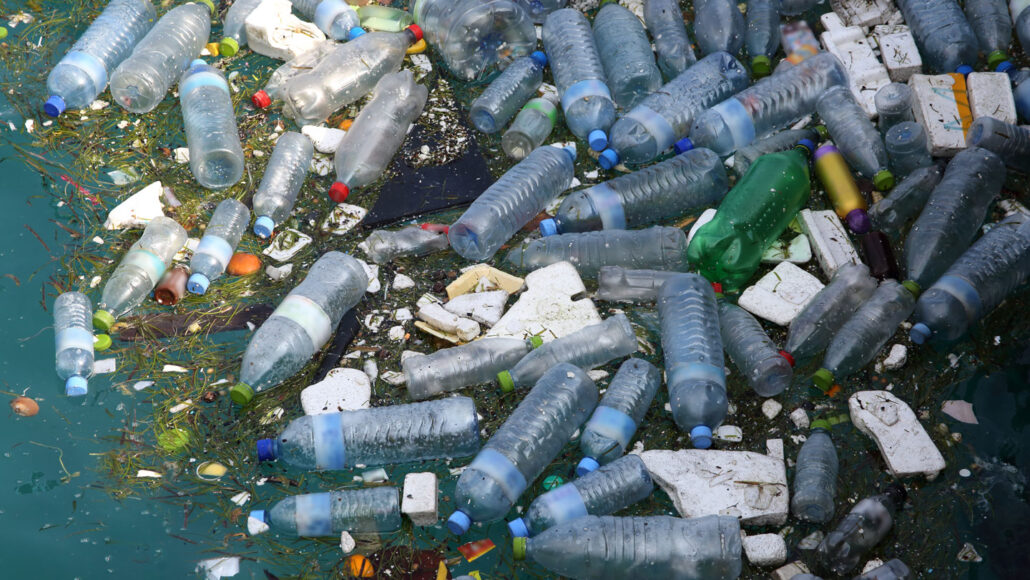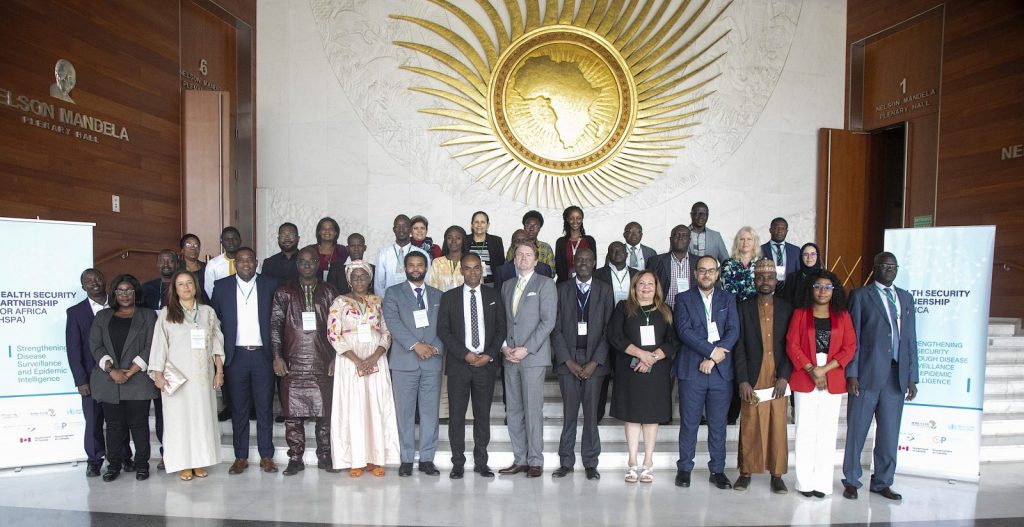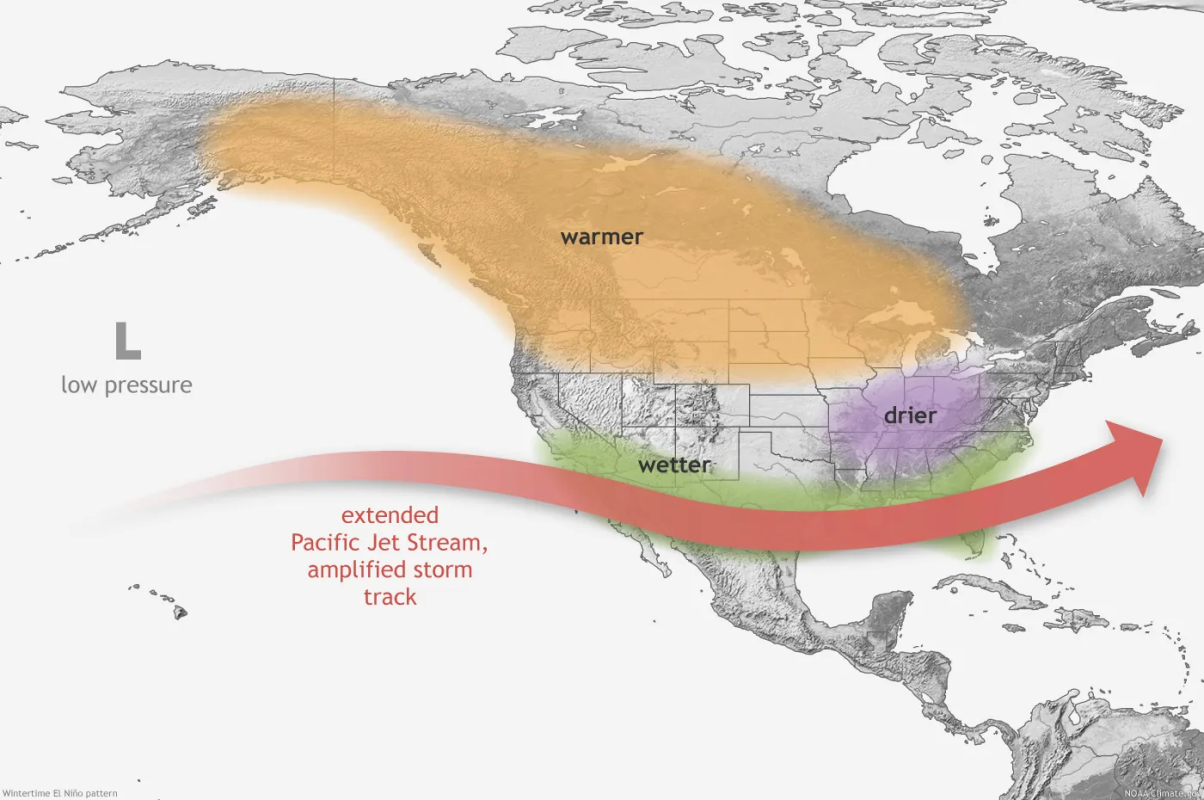SPEECH DELIVERED BY: Inger Andersen
FOR: G20 Environment and Climate Sustainability Ministerial Meeting
LOCATION: Chennai, India
Excellencies, colleagues, and friends.
My sincere thanks to India for warmly hosting us in the beautiful city of Chennai and for providing global leadership during the country’s Presidency of the G20.
With control of 84 per cent of the global economy, G20 nations are the world’s driving force for development and growth. This is a good thing. However, while acknowledging the diversity and different development paths within G20 nations, this strength and influence also makes the bloc largely responsible for many of the environmental issues facing the world today.
Unsustainable production and consumption patterns in the G20 are driving the three environmental planetary crises: the crisis of climate change, the crisis of nature and biodiversity loss, and the crisis of pollution and waste. This is indisputable.
Now, the G20 faces a choice. Lead the world down the same high-carbon, resource-hungry path that is threatening to undermine the many gains the G20 has brought and cripple the Sustainable Development Goals. Or lead the world down a new, better path that brings the world into harmony with nature.
By endorsing the high-level principles on Lifestyles for Sustainable Development under the development track, this cycle and the Indian presidency has shown that the G20 is embracing the latter path. My thanks to the Indian Presidency for its commitment.
There are, of course, many areas in which the G20 can lead as it follows the brighter path for humanity it is increasingly committed to. But let us focus on the three themes of this session, which are also UNEP priority areas.
First, climate change
Climate action is the great unifier. Climate change drives desertification, biodiversity loss, food insecurity, poor human health, water scarcity and overall societal insecurity spurring conflict, strife and so much more. So, if the G20 legislates to make zero-carbon choices the norm – in everything from green and efficient energy and transport to nature-based solutions – the whole sustainable development agenda advances. I ask G20 countries to lead with ambitious climate action plans to reduce emissions and protect vulnerable communities from disasters. Plans that are backed with large-scale investment in domestic solutions and financial mechanisms that support developing countries.
Second, the blue economy
Healthy and resilient marine and coastal ecosystems are fundamental to sustainable development. But climate change is warming and acidifying oceans, threatening mass species extinction. Climate action is clearly essential to protect the oceans. We also need to look at everything from sustainable fisheries to boosting ocean ecosystems in the restoration agenda. I commend India’s leadership on the blue agenda in its Presidency and the efforts of G20 in developing High-Level Principles for a Sustainable and Resilient Blue/Ocean-based Economy. And I also ask the G20 to do more to ensure the blue world supports humanity for centuries to come.
Third, resource efficiency and circular economy
As India’s LiFE initiative makes clear, how humanity produces and consumes resources is a major driver of environmental crises. Plastic pollution is a perfect example. This pollution is harming biodiversity. Driving climate change. Damaging human health.
We now have an Intergovernmental Negotiating Committee working on a deal to end plastic pollution. This deal, due by 2024, must be nothing less than a complete redesign of products, packaging and the system – to reduce the amount of virgin plastic used and circulate what remains in the economy. The G20 is engaging with this process. However, I ask G20 nations and businesses to get ahead of the game and start innovating on product design and business models now.
Friends,
There are many other action areas, from transforming food systems to integrating nature into decision making. UNEP is, of course, here to support the G20 with science and know-how to make progress in all these action areas. I look forward to working with the Brazilian Presidency as we head towards the sixth United Nations Environment Assembly – at which many decisions will be taken on pressing environmental issues of concern.
But I ask G20 nations not to wait for the next meeting, or agreement or crisis. I ask the G20 to act with urgency to secure their own long-term prosperity. To flex its financial muscle to move investments into low-carbon, nature-positive economic models. To support less-wealthy nations to address the environmental crises facing the world. And to play a leading role in a just transition to a world of peace, prosperity and harmony with nature.


 العربية
العربية